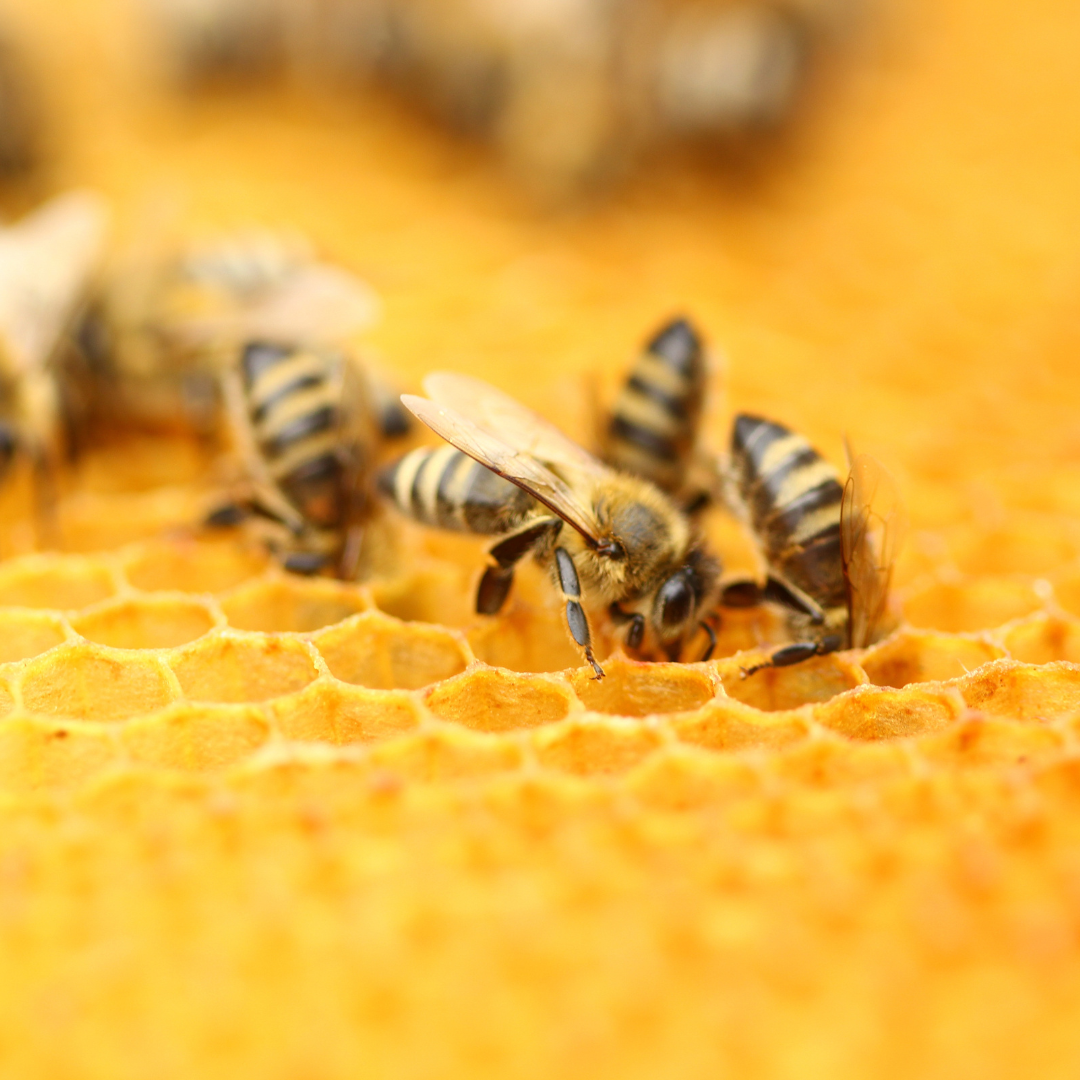
Why beeswax is important for children's lip care
Share
When temperatures drop, children often need special care for their delicate skin—especially their lips, which can quickly become chapped and cracked. Lip balms are therefore not only a practical product, but also a small companion that combines fun and functionality. However, not all ingredients are suitable for children's sensitive skin. In this article, we take a closer look at why we use beeswax in our lip balms for children and what advantages it has over plant-based alternatives like candelilla wax.
What is beeswax and why is it so special?
Beeswax is a natural wax produced by honeybees (Apis mellifera). The bees use it to build their honeycombs—a natural wonder that combines stability, protection, and functionality. Beeswax has been valued in cosmetics for centuries for its special properties.
Beeswax contains a mixture of esters, fatty acids, and alcohols that give it its unique properties. It's not only kind to the skin but also highly moisturizing, making it ideal for lip care.
Properties of beeswax:
- Melting point between 61 and 65 °C – perfect for solid cosmetic products.
- Naturally antibacterial and anti-inflammatory.
- Forms a breathable protective barrier on the skin.
The benefits of beeswax for children's skin
Children's skin is thinner and more sensitive than that of adults. This means it reacts more quickly to environmental influences—be it cold, dry air, or chemical additives. This is where beeswax comes into play:
-
Protection against dehydration
Beeswax forms a thin, breathable protective layer that locks in moisture without clogging the skin. This keeps lips supple and protected, even in harsh weather. -
Gentle and soothing
Thanks to its anti-inflammatory properties, beeswax helps soothe irritated skin. This is especially important if children already have chapped or cracked lips. -
Natural and safe
Beeswax is a purely natural product that contains no artificial additives. It contains no parabens, silicones, or synthetic fragrances that could trigger allergic reactions in children. -
Pleasant texture
Compared to other waxes such as candelilla wax, beeswax has a soft, pleasant texture that is easy to apply and leaves a pleasant feeling on the skin.
Why don't we use candelilla wax?
Candelilla wax, extracted from the leaves of the candelilla bush, is a vegan alternative to beeswax. However, it's not always the best choice for children's sensitive skin.
Comparison of beeswax vs. candelilla wax:

Conclusion: While candelilla wax offers some benefits, such as a shinier finish, it lacks the moisturizing and soothing properties that make beeswax so unique.
Sustainability and ethics in the use of beeswax
A common argument against beeswax is the issue of sustainability. However, not all beeswax sources are created equal. At Eazy Nature, we place great importance on sourcing our beeswax from sustainable and ethical beekeepers.
How sustainable beekeeping works:
- Beehives are carefully maintained to promote the health of the bee population.
- Wax production takes place in small quantities without depriving the bees of their vital reserves.
- Environmentally friendly practices minimize the ecological footprint.
Why this is important:
Children's products should not only protect their delicate skin, but also respect nature. By choosing sustainable beeswax, we contribute to protecting the environment while offering high-quality products.
Conclusion: Why beeswax is the best choice for our lip balm for children
Beeswax combines the most important properties for children's lip care: it is gentle, protective, sustainable, and natural. Compared to plant-based alternatives like candelilla wax, it offers superior moisturizing and skin-friendliness, which is especially crucial for children's sensitive skin.
